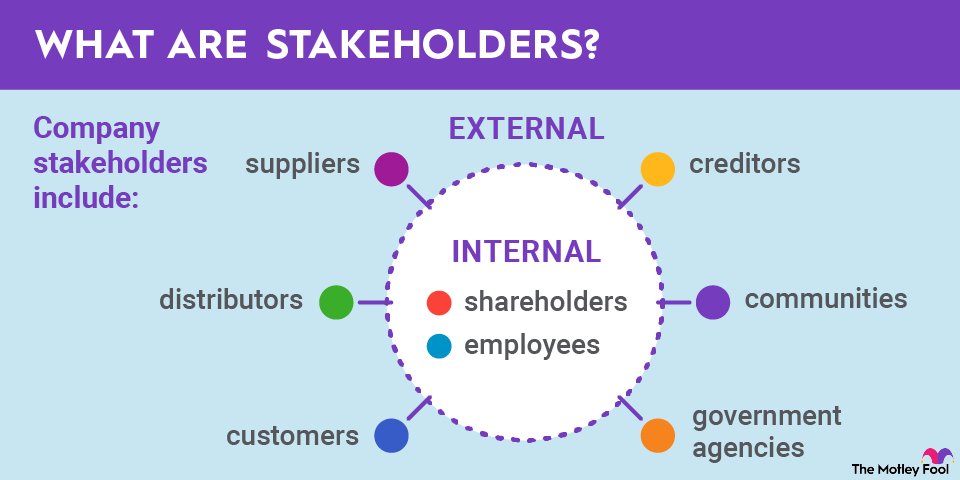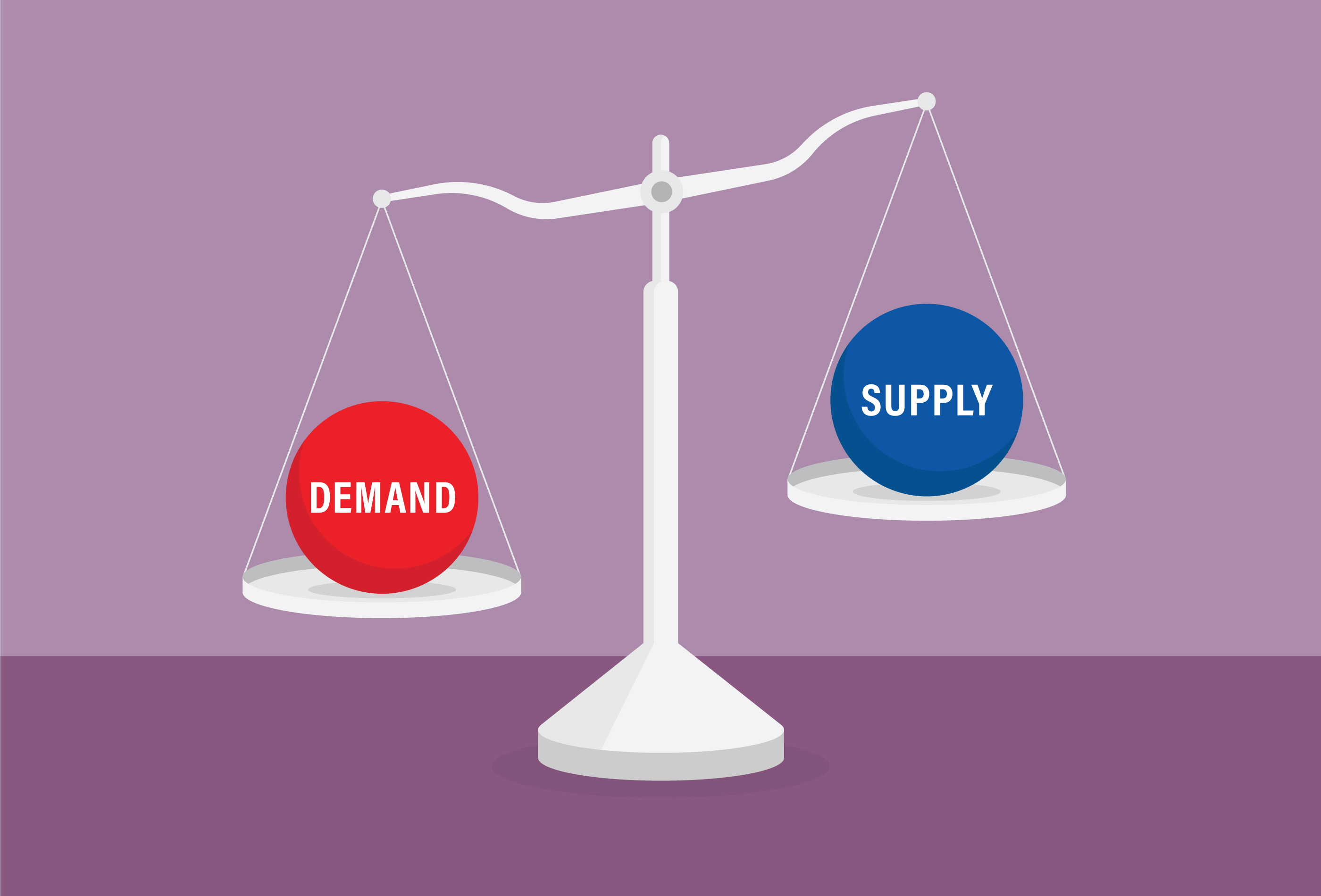How short covering works
Let's say you have a feeling that BadCo's stock price, currently trading at $50, is about to drop. You sell short -- meaning borrow from a broker and resell -- 100 shares of BadCo at a price of $50 per share, which nets you $5,000. When BadCo's share price declines to $40, you buy 100 shares, which costs you $4,000. You return the 100 borrowed shares to your broker to cover your short position, and earn a profit of $1,000.
Too much short covering can cause a short squeeze
A short squeeze can occur when many traders have a negative outlook on a company and choose to sell short the stock. A practice known as naked short selling allows investors to sell short shares that have not actually been borrowed, which can push the number of shares sold short above the company's actual share count. If sentiment about the company changes and too many investors attempt to simultaneously cover their short sales, that can put a "squeeze" on the number of shares available for purchase, causing the particular stock price to spike to a higher price. The original brokerages that lent the shares can also decide to issue margin calls, meaning that all shares they loaned must be returned immediately. This further increases the number of investors trying to cover their short positions, which can cause further sharp gains in the company's share price.




















